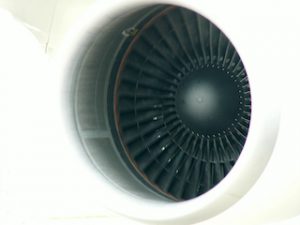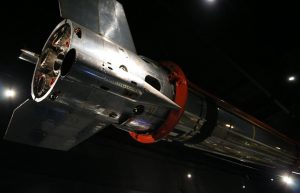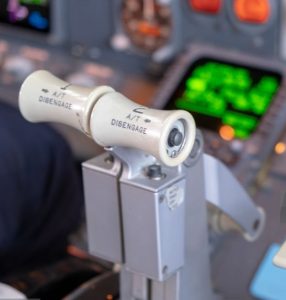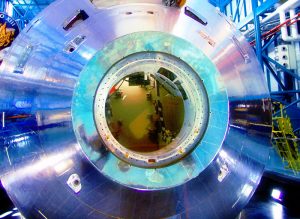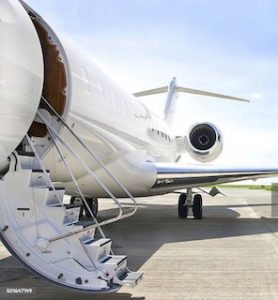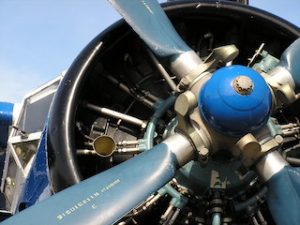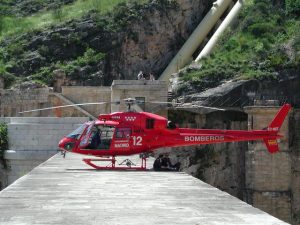The Space X Launch With The Dragon Capsule
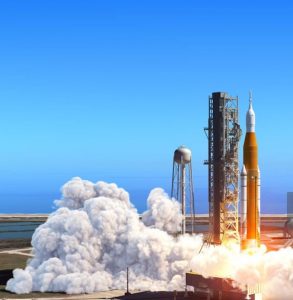
SpaceX has made substantial contributions to space exploration, with the Dragon capsule being a pivotal piece of its success. The Dragon capsule is central to SpaceX’s space missions, particularly those involving the International Space Station (ISS). Since its inception, the Dragon capsule has been a symbol of the company’s progress in reducing the cost of space travel while advancing the technology required for human exploration. This article explores the Dragon capsule’s design, key milestones, and its vital role in SpaceX launches.
1) Birth of Dragon capsule
The Space X launch of the Dragon capsule in 2006 as part of its broader plan to innovate space transportation. The capsule’s design focused on a reusable spacecraft capable of transporting both cargo and humans. The Dragon capsule was developed to meet NASA’s requirements for commercial cargo resupply missions to the ISS.
The capsule features a pressurized compartment that can carry both crew and supplies. SpaceX’s initial goal was to develop a spacecraft that could safely return cargo from the ISS, unlike previous spacecraft that burned up upon re-entry. The Dragon capsule’s reusability was a key factor in SpaceX’s ability to lower the cost of space missions and bring greater flexibility to space transportation.
2) Dragon cargo missions to the ISS
SpaceX’s Dragon capsule first demonstrated its capabilities in 2010 when it successfully completed its inaugural cargo mission to the ISS. This mission was a milestone not just for SpaceX but for the private space sector. It proved that private companies could meet NASA’s high standards for transporting supplies to the space station.
Since then, SpaceX has launched numerous successful cargo missions using the Dragon capsule. These missions were critical in resupplying the ISS with food, equipment, and other essentials. Each mission reinforced SpaceX’s ability to reliably deliver payloads to orbit and return to Earth safely. Dragon’s cargo capabilities allowed NASA to depend on SpaceX for timely resupply missions, replacing the now-retired Space Shuttle.
3) Evolution to Crew Dragon
In 2014, NASA awarded SpaceX a contract to develop the Crew Dragon capsule, an upgraded version of the Dragon spacecraft. This new version was designed to transport astronauts safely to the ISS, further enhancing the role of the Dragon capsule in human spaceflight. The Crew Dragon was equipped with upgraded life-support systems and autonomous docking capabilities to meet the rigorous demands of crewed missions.
The Crew Dragon capsule was engineered with safety as a top priority. One of the most notable safety features is the capsule’s SuperDraco engines, which can rapidly abort a launch in case of emergency. This system ensures that astronauts can be safely returned to Earth in the event of a malfunction. The Crew Dragon represents a significant leap in space transportation technology, with its ability to safely and efficiently carry astronauts to and from orbit.
4) Historic Demo-2 Mission
SpaceX made history in May 2020 with the launch of the Crew Dragon capsule on the Demo-2 mission. This mission marked the first time a private company had launched astronauts to the ISS. NASA astronauts Robert Behnken and Douglas Hurley were the first crew members to fly aboard Crew Dragon, marking a new era for human spaceflight.
The success of the Demo-2 mission was a testament to SpaceX’s engineering and testing. The Crew Dragon capsule completed its journey to the ISS and successfully docked, proving that private companies could achieve the same level of reliability as government-run space agencies. The mission was not only a victory for SpaceX but also for the broader commercial space industry, showing that private companies could play a significant role in human space exploration.
5) Crew Dragon’s autonomous capabilities
One of the standout features of the Crew Dragon capsule is its ability to dock autonomously with the ISS. Unlike previous spacecraft, which required manual control for docking, Crew Dragon can perform this task without human intervention. This autonomous capability is achieved through a series of advanced sensors and software that guide the capsule to its target.
The ability to dock autonomously provides several advantages. First, it reduces the workload for astronauts, allowing them to focus on other mission-critical tasks. Second, it increases the safety of crewed missions, ensuring precise and efficient docking, especially in emergency situations. SpaceX continues to refine Crew Dragon’s autonomous docking system, making it an essential component of future space missions.
6) Crew Dragon launch and recovery
Crew Dragon’s design allows for both launch and recovery, making it highly versatile. During launch, Crew Dragon is powered by the Falcon 9 rocket. After reaching orbit, the capsule is separated from the rocket and continues on its mission to the ISS. Once the mission is complete, Crew Dragon returns to Earth, where it splashes down in the ocean, awaiting recovery.
The recovery process is equally vital in ensuring the capsule’s reusability. SpaceX’s teams are trained to retrieve the capsule promptly after splashdown, ensuring that both crew members and cargo are returned safely. This reusability is at the core of SpaceX’s strategy to make space travel more affordable and efficient. Each successful launch and recovery of Crew Dragon builds the foundation for future missions and the broader goal of interplanetary travel.
7) Future of SpaceX Crew missions
SpaceX’s successful launches of Crew Dragon have set the stage for future human space missions. The Crew Dragon capsule is poised to play an integral role in upcoming NASA missions, including those to the Moon and Mars. The capsule’s proven track record of safety and reliability makes it a key vehicle for NASA’s Artemis program, which aims to return humans to the Moon by 2025.
In addition to government contracts, SpaceX plans to offer Crew Dragon launches to private companies and individuals. As space tourism becomes more viable, Crew Dragon could be used to transport paying customers to orbit. This expansion of space tourism represents a new revenue stream for SpaceX while increasing public interest in human spaceflight.
8) Reusability and cost efficiency
SpaceX’s focus on reusability has led to a dramatic reduction in the cost of space missions. The Dragon capsule, along with the Falcon 9 rocket, is designed to be reused for multiple missions. This capability allows SpaceX to reduce the cost of launches and make space travel more affordable.
Reusability also allows SpaceX to operate more frequently, increasing the pace of space exploration. With fewer resources needed to build new rockets and capsules for each mission, SpaceX can invest more in expanding its capabilities. The cost savings associated with reusability make SpaceX launches highly competitive in the commercial space market.
9) SpaceX launches for global connectivity
The Dragon capsule has played a crucial role in supporting SpaceX’s broader mission of global connectivity. Through its Starlink project, SpaceX is launching thousands of small satellites into orbit to provide internet access to underserved and remote areas worldwide. Dragon capsules are often used to transport Starlink satellites to orbit, supporting the global internet infrastructure that the company is building.
Starlink’s success depends on frequent launches, which SpaceX has been able to accomplish through its reusable rockets and capsules. The Dragon capsule, by transporting vital payloads to orbit, directly supports this goal of bringing high-speed internet to people around the world. SpaceX’s Starlink project is expected to be a key component of future SpaceX launches, with a continued focus on satellite deployment and global connectivity.
10) Role of Dragon in Mars exploration
SpaceX’s long-term goal is to make humanity a multi-planetary species, with Mars as a central target. While the Starship spacecraft will be the primary vehicle for interplanetary travel, the Dragon capsule will play a supporting role in this ambitious mission. Crew Dragon could be used to transport astronauts and cargo to lunar orbit as part of NASA’s Artemis program, which aims to establish a sustainable human presence on the Moon.
In the future, Dragon capsules may also be used to transport essential supplies for Mars missions. These could include cargo for research bases, equipment, and even food and water. The Dragon capsule’s ability to safely transport cargo and crew to space will be crucial in supporting the infrastructure needed for Mars exploration.
Impact of SpaceX launches on human spaceflight
SpaceX’s Dragon capsule has revolutionized space transportation, from cargo resupply missions to groundbreaking crewed launches. The success of Crew Dragon has opened the door for further advancements in human space exploration. With each successful mission, SpaceX continues to demonstrate the viability of private companies in the space industry. The Dragon capsule, along with SpaceX’s reusable rockets, has set the stage for more ambitious missions, including lunar and Mars exploration.
The future of human spaceflight looks brighter with SpaceX leading the charge. As the company continues to innovate, its launches will play an increasingly vital role in humanity’s journey beyond Earth. Through reusable technology, safe space missions, and forward-thinking goals, SpaceX is not only shaping the future of space travel but also paving the way for a new era of exploration.

